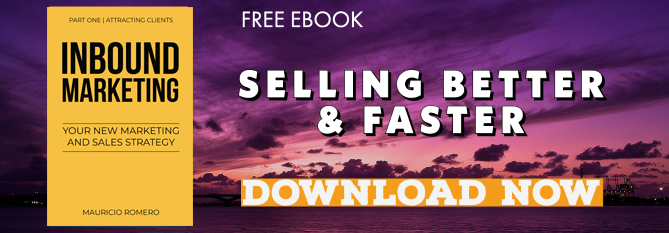Googlebot is Google's spider robot responsible for tracking and indexing all the content of the web so it can offer the best content to its users, based on their search. But, what does Google consider as best content?

Google's algorithm considers more than 200 things in order to decide if a site or an specific page of that site is good enough to be recommended to its users as one of the first places of its search results. However, what they consider to be the most important, is for the content to be of quality, relevant, educational and helpful for the reader. Google has published a series of guidelines se websites who want to rank well comply with them. These are the best practices that Google recommends to create an effective and transparent Digital Marketing strategy.
Google's Guidelines
Among Google teams we find the webmasters and web-spam teams, who help us understand a little better how Google works so it can offer great search results to its users. His spokesmen, Matt Cutts and Maile Ohye have created a series of videos in which they explain the best practices for Google. There is nothing like reading the whole information firsthand yet, here I share with you a brief summary of these Guidelines.
- Create the entire content of a site, whether its an e-commerce, business, NGO, government or educational site, thinking about the users experience, not about search engines.
- Do not use any technique to try to alter, cheat-on or manipulate Google's algorithm, as this will have a negative impact on how your site gets rated.
- Make sure the content you create:
- Adds some value to what already exists around the matter
- Is original, not a copy
Google's algorithm is the first step with which sites are evaluated, but we must remember that behind this algorithm is a team of humans that verify if the Googlebot is doing its job well and indexing sites with value.
These people classify the content in several areas to know if the pages of a site comply with the guidelines or not:
- Vital Content. Comes from a business site and has to do with a company's products or services.
- Useful content. Helps to answer people's questions with information that isn't likely to be found on a company's site, such as product reviews or usage tips.
- Relevant Content. Answers to people's question in a deeper way.
- Slightly Relevant Content. Provides very little information -and poorly- on the matter.
- Out of context content. It has nothing to do with what was first offered as the site/page main topic.
The anti-spam team tries to:
- Find meaningless content in order to avoid offering it as a good result
- Look for malpractices that are carried out in order to position a site well on the search engines and somehow "penalize" this site
If you want to learn more about this, Google published a document that gives more detail on these guidelines.
Focus on quality
Us people use the internet as a source of information and knowledge. So what we are really looking for is:
- Information. It's the main reason why we look for something on search engines; we want them to share good results on the information that we requested with us. Information that helps us solve a problem or be aware of what happens in our surroundings/the world.
- Opinions. We want to learn about different opinions so we can judge by ourselves and create our own opinions ourselves, based on information.
- Education. We want to learn how-to solve a problem and find content that explains a way to do it.
- Entertainment. We want to find all of the above, in a simple and entertaining way.
Keep this 4 things in mind when creating content for your site. As long as you consider these aspects when creating your site's content, you'll do OK facing your visitors and thus, facing Google as well (both its algorithms as well as the people behind it all).
 Do you want to learn more about creating a digital strategy that follows Google's guidelines? You can:
Do you want to learn more about creating a digital strategy that follows Google's guidelines? You can:
- Contact us
- Subscribe to our blog
- Download our free e-book:

